Have you ever wondered why you need something big to see something very small? For example, a large telescope or a space telescope. With the help of very large telescopes, you can even see the invisible! How is that possible? Scientists can explain, but we invite you to take a walk through the remote corners of our planet, where there are some very… well, you get the idea.
1 RATAN 600 – 576 meters
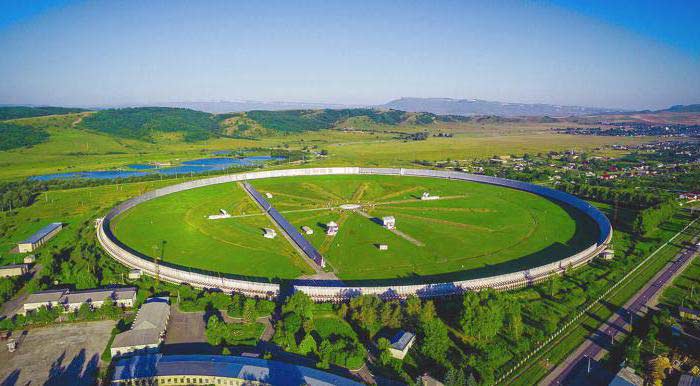
The diameter of the mirror of the largest telescope on the planet is 600 meters. It is not located as high as others, at about one kilometer above sea level, but it doesn’t need to be. It is a radio telescope (the kind that can see the “invisible”). It is located in Karachay-Cherkessia, Russia.
2 FAST Telescope – 500 meters
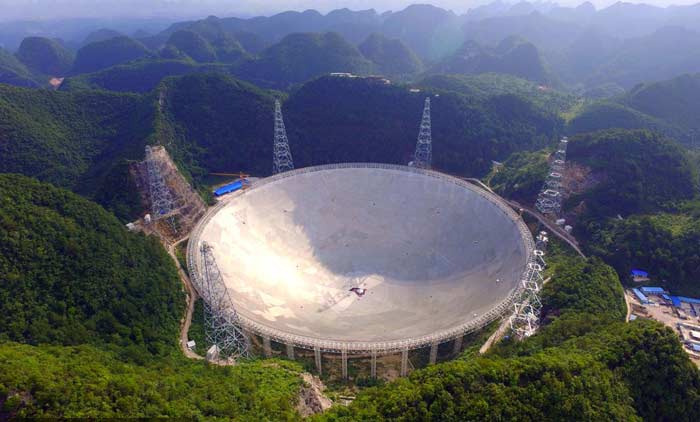
In the Guizhou province of China lies the second-largest telescope on Earth, FAST. It was completed quite recently, at the end of 2016, in a valley that seems as if it was specifically designed for such a grand construction.
3 Arecibo – 305 meters
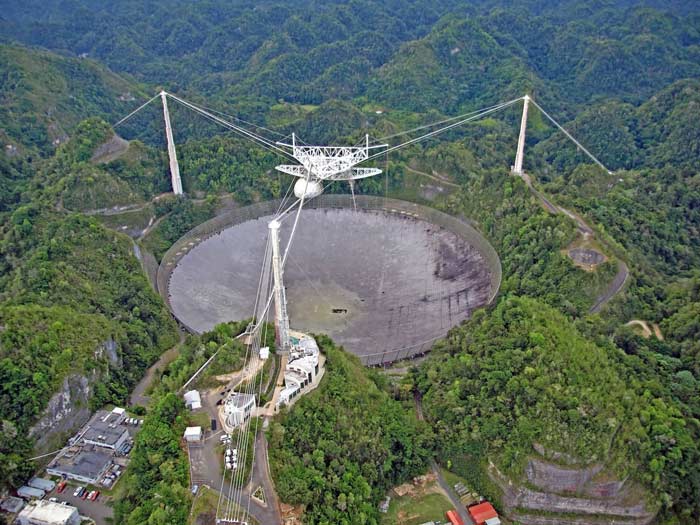
The Arecibo telescope is named after the town located in Puerto Rico. Like FAST, it was built in a natural, spherical-shaped valley, but its construction took place in the last century. For a long time, Arecibo was the largest telescope in the world.
4 Giant Metrewave Radio Telescope (GMRT) – 45 meters
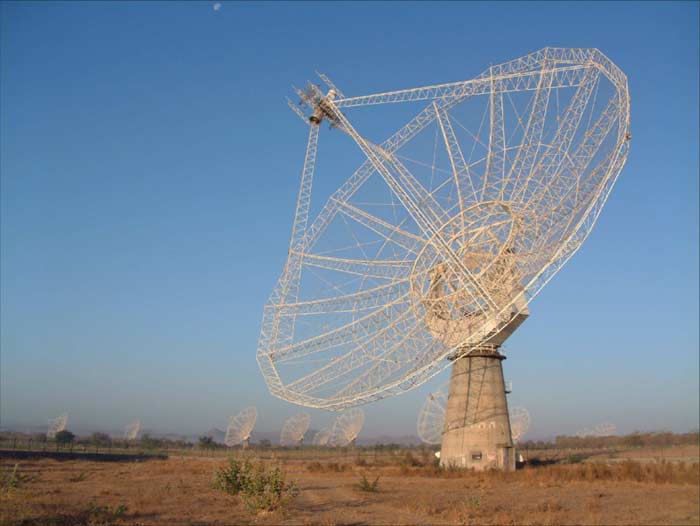
The diameter of each of the 30 antennas of the Giant Metrewave Radio Telescope, located near Pune, India, is 45 meters. This is also a radio telescope. Thanks to the fact that it consists of multiple antennas, the resolving power of this telescope is equal to one square kilometer. So it can even compete with the leaders of our list of the largest telescopes.
5 Extremely Large Telescope (ELT) – 39.3 meters
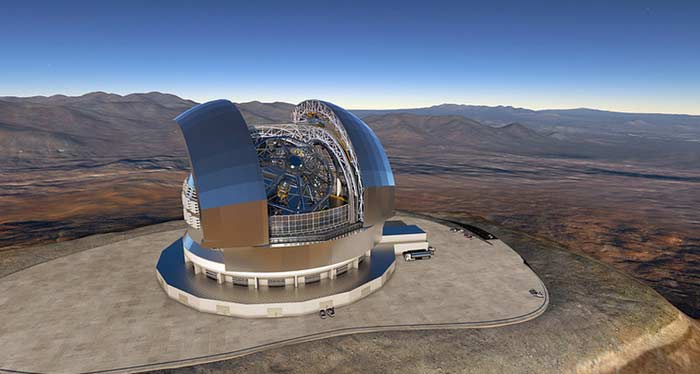
The Extremely Large Telescope (this is its official name) is being constructed in Chile. It is the first telescope on our list with an optical system consisting of five mirrors. The construction is expected to be completed by 2025. Naturally, the height at which the telescope is located is much greater—3 kilometers above sea level.
6 RT-32 – 32 meters
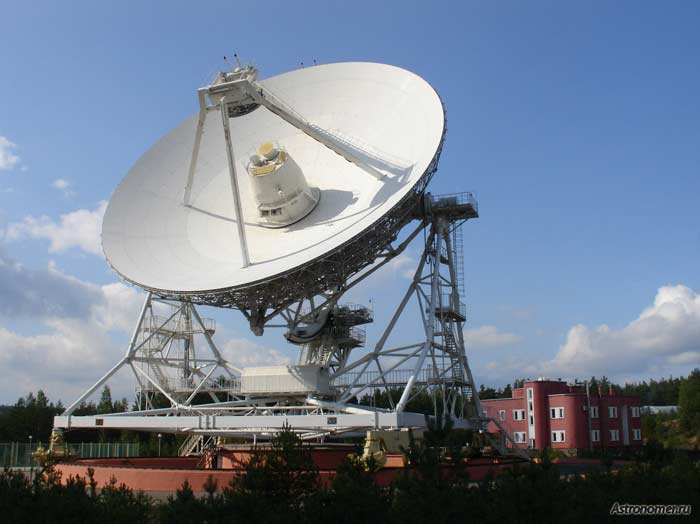
The diameter of another radio telescope in Karachay-Cherkessia is “only” 32 meters, but it is a fully rotatable telescope. It is part of the Svetloe Observatory, which was built in 1997.
7 Thirty Meter Telescope – 30 meters
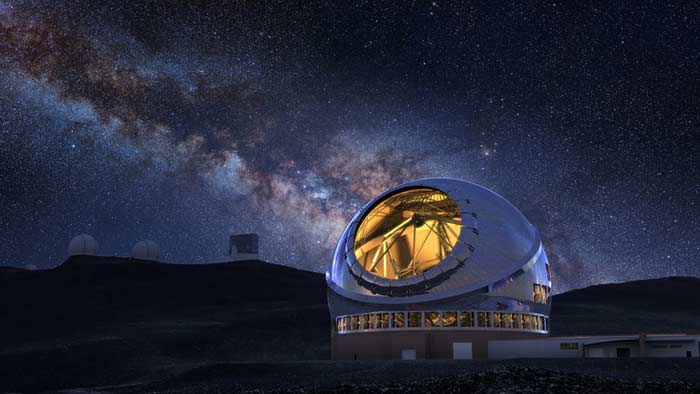
The simple name—Thirty Meter Telescope—hides impressive specifications. It is expected that once it is operational in 2027 in Hawaii, it will be able to take images at least 10 times sharper than the Hubble, allowing us to see even farther.
8 Giant Magellan Telescope (GMT) – 25.4 meters
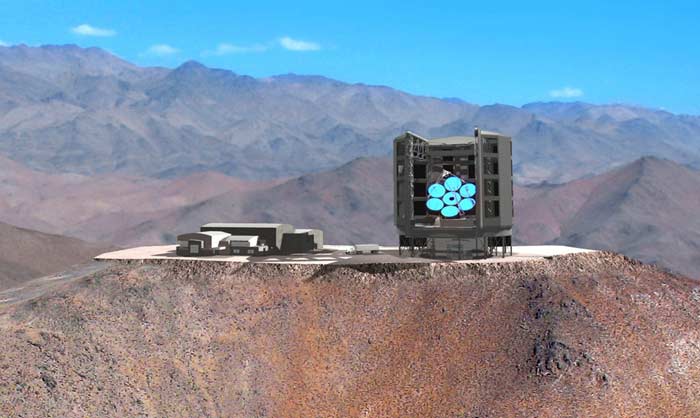
The optical Giant Magellan Telescope is located in the Atacama Desert (the same area as number 5 on our list). It is also yet to be put into operation, but it is expected to be completed much sooner, in 2020.
9 Very Large Array (VLA) – 25 meters
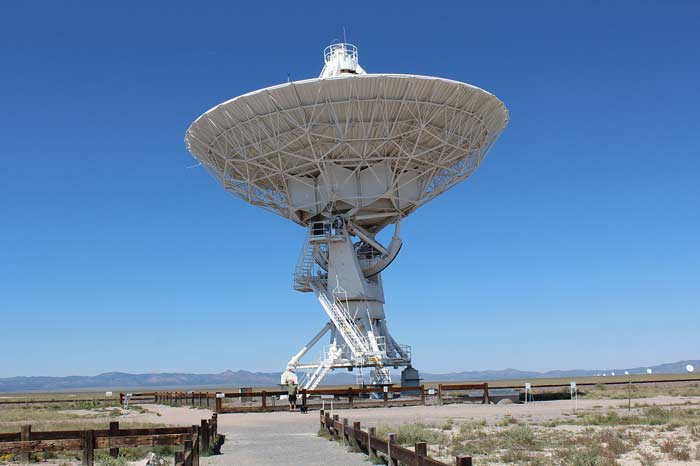
The Very Large Array, consisting of almost thirty 25-meter telescopes, is located in New Mexico, USA. The location and construction features make this observatory extremely powerful—it is equivalent to a single antenna with a diameter of 36 kilometers!
10 Atacama Large Millimeter Array – 12 meters
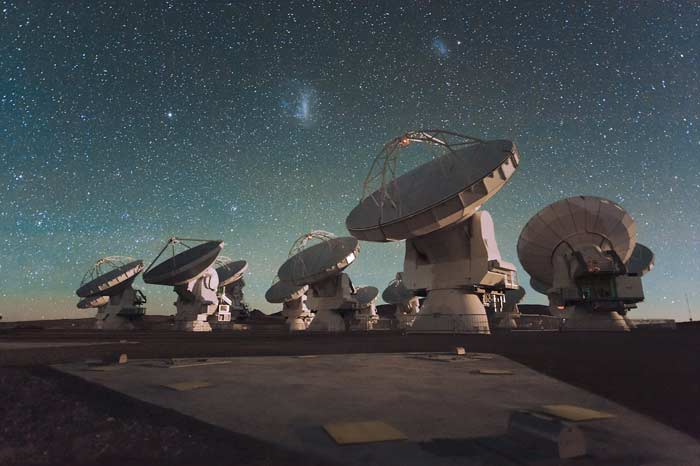
Even though the maximum diameter of the telescopes in the ALMA system is 12 meters, there are 66 of them! Moreover, it is one of the highest-altitude telescopes in the world—located at 5 kilometers above sea level, once again in the Atacama Desert.


